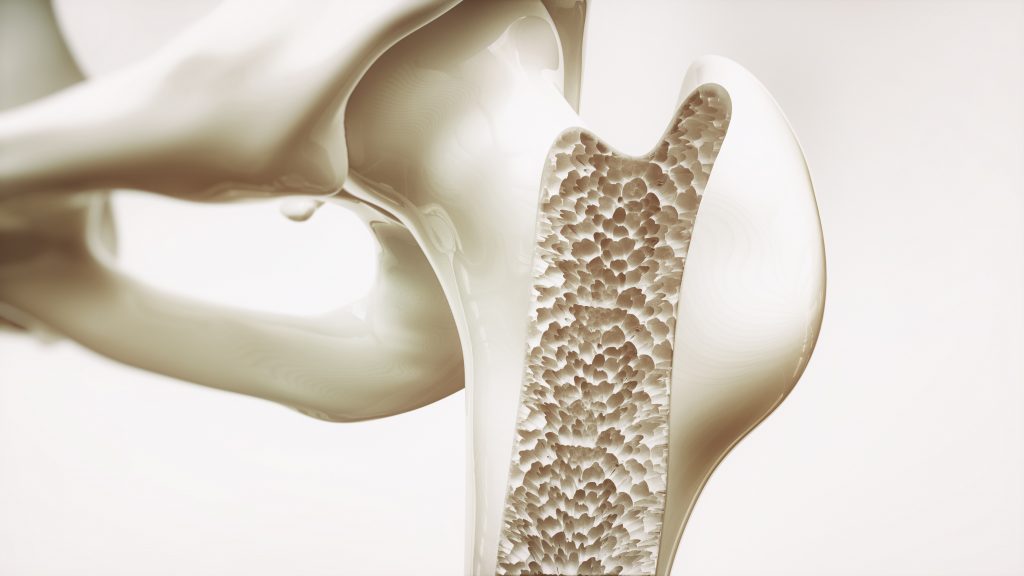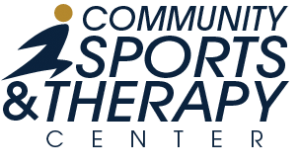

There are about 54 million cases of osteoporosis & osteopenia in the United States each year.
This very common condition is often times left unnoticed until a fracture occurs. The physical therapy staff at the Community Sports and Therapy Center is specially trained to treat this condition. Our osteoporosis management team can help prevent further progression of this condition, help prevent fractures, and help improve balance, safe ambulation, posture, pain, and overall quality of life in this population.
1 in 3 women over the age of 50 years and 1 in 5 men will experience osteoporotic fractures in their lifetime.
Osteoporosis is a disease that is characterized by low bone mass, deterioration of bone tissue, and disruption of bone microarchitecture. It can lead to compromised bone strength and an increase in the risk of fractures. It is the most common chronic bone disease in humans. This bone disease causes fractures, stooped posture, and can lead to severe pain and loss of height.
People with osteoporosis have a very low bone mineral density (BMD). BMD is the measurement of how much bone mineral is in your bones. Your BMD estimates your chances of breaking a bone just by doing a normal activity.
Osteopenia is when your bones are weaker than normal. This is due to lower than normal bone density. Osteopenia is not a guarantee that you will develop osteoporosis. However, it does increase your chances of developing the bone disease. Our team can help you with strategies to decrease the progression of osteopenia into osteoporosis.
What our Osteoporosis Management Team will do:
Fracture Risk Assessment and Education
A therapist will be able to provide you with a fracture risk score and provide education regarding modifiable risk factors that could assist in reducing your fracture risk. A prior Bone Density Test can be helpful to the therapist, but is not necessary in order to get treatment for this condition.
Posture Assessment
A thorough assessment of your posture using objective tools and measurements will be completed by use of the Flexicurve. This technique will provide a baseline of your posture in which objective findings can be seen and measured and followed clinically throughout your course of care.
Balance/Gait Assessment
A therapist will look at your gait quality and assess balance with use of outcome tools to determine fall risk. Based on results of your testing, the therapist will develop an individualized treatment program to improve your walking and balance to facilitate safe independence in your home and in the community. Improved balance and gait will allow for increased safe weight bearing in order to prevent further bone loss and improve strength of bone.
Pain Management
Poor posture can lead to pain due to both tightness and weakness. A therapist will assess your muscle imbalances and develop a stretching and strengthening program that can assist with reducing pain from these imbalances. They can also provide manual therapy techniques and other treatment techniques for pain reduction in order to provide comfort for improved quality of life.
